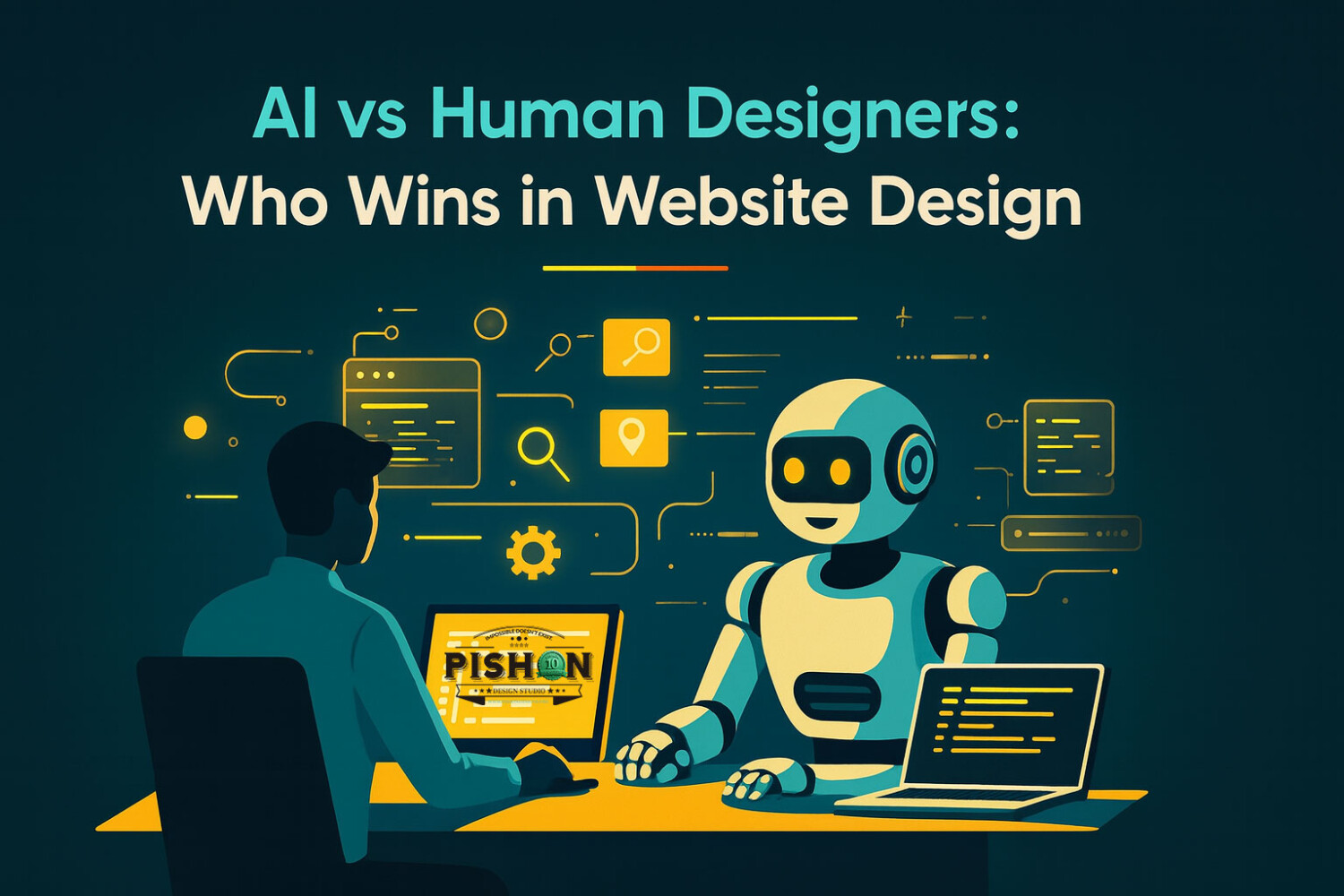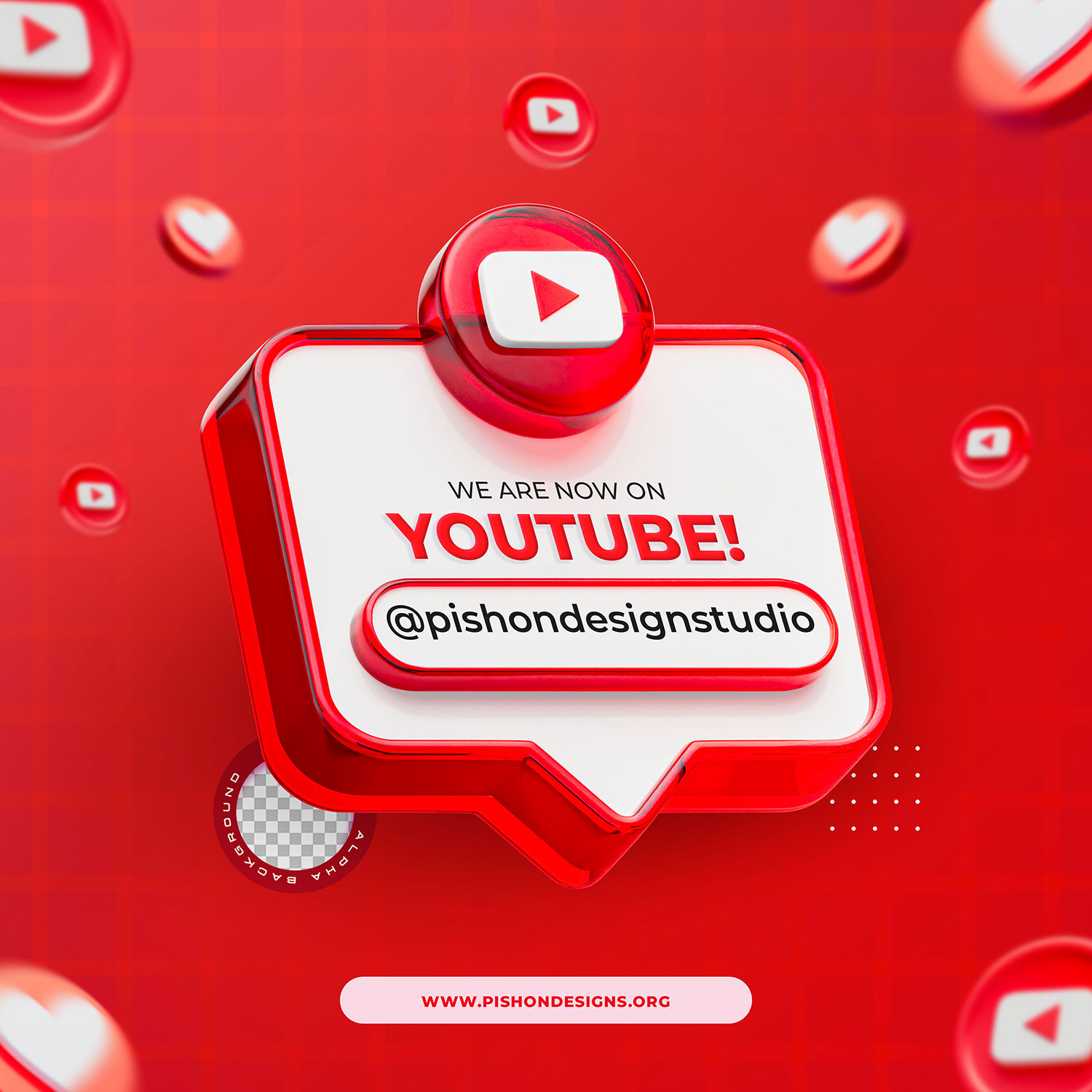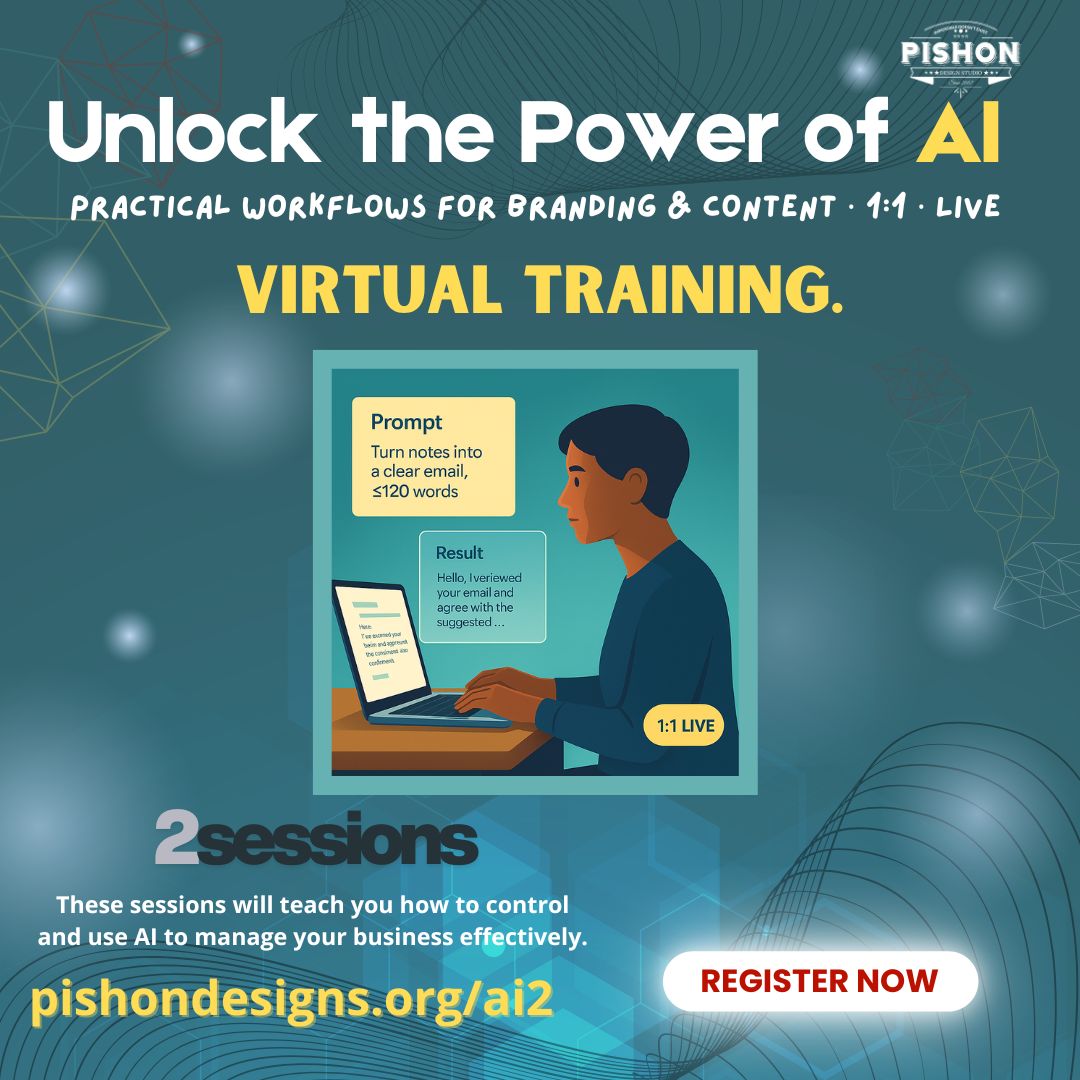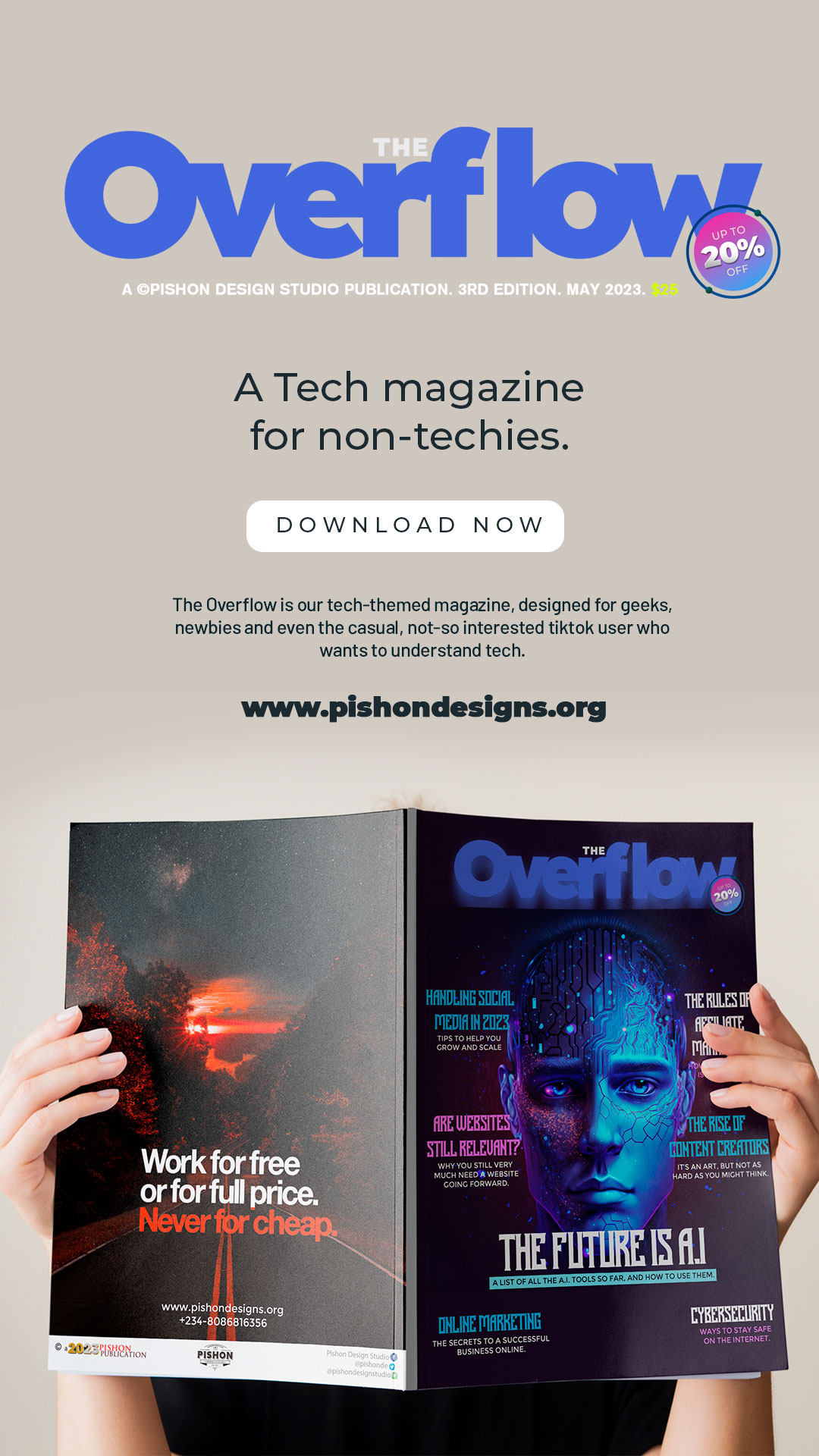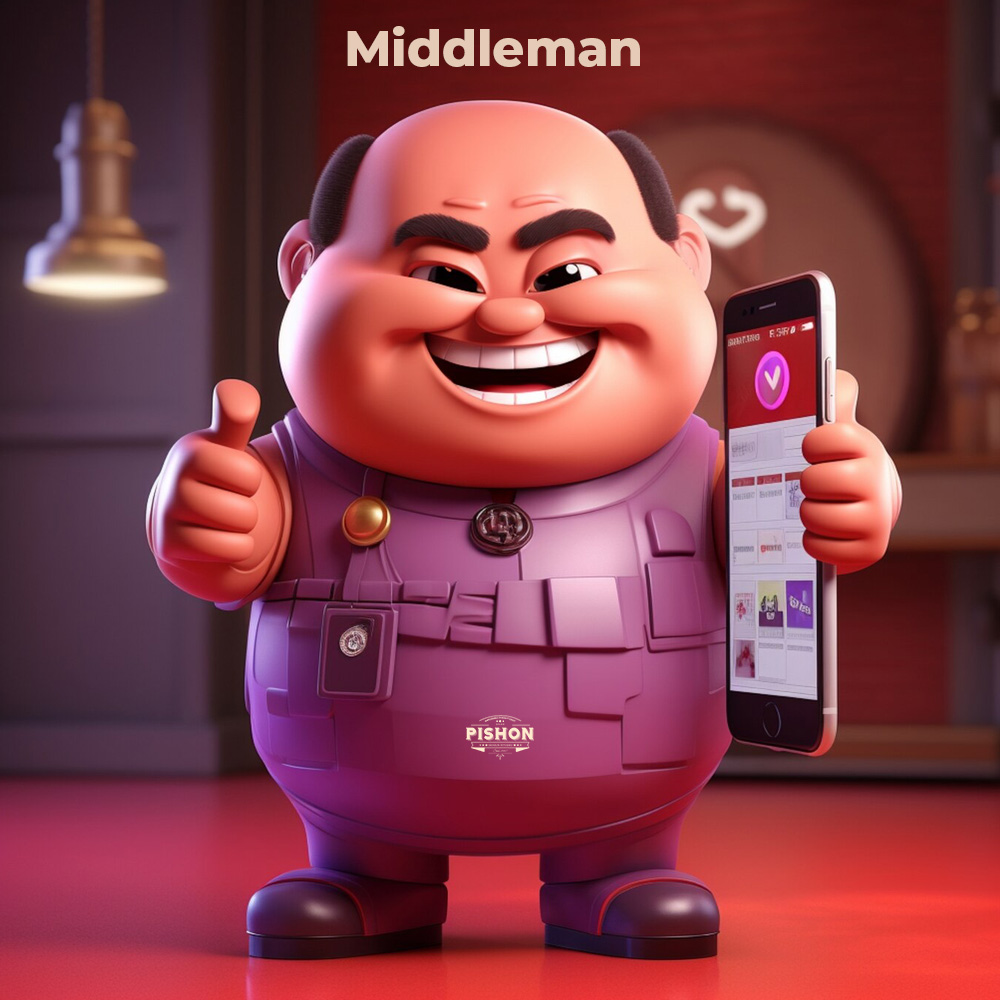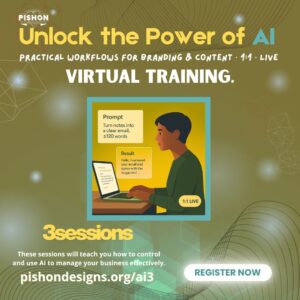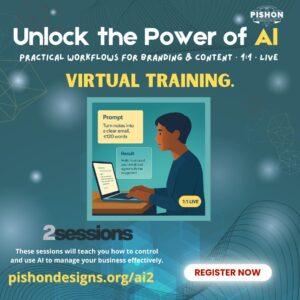AI built VS designer built websites. AI vs human web design. What’s your take? There are more 1 click AI prompt website builders now and may cause some panic to designers in this field. Business owners may also not see value in web designers because of how this tools marketed themselves.
AI web design vs Human web design — who actually wins?
This discussion is because of a comment on my linkedin where I expressed concern over seeing a lot of $100 ads for web design on linkedin, and a friend responded as seen below:
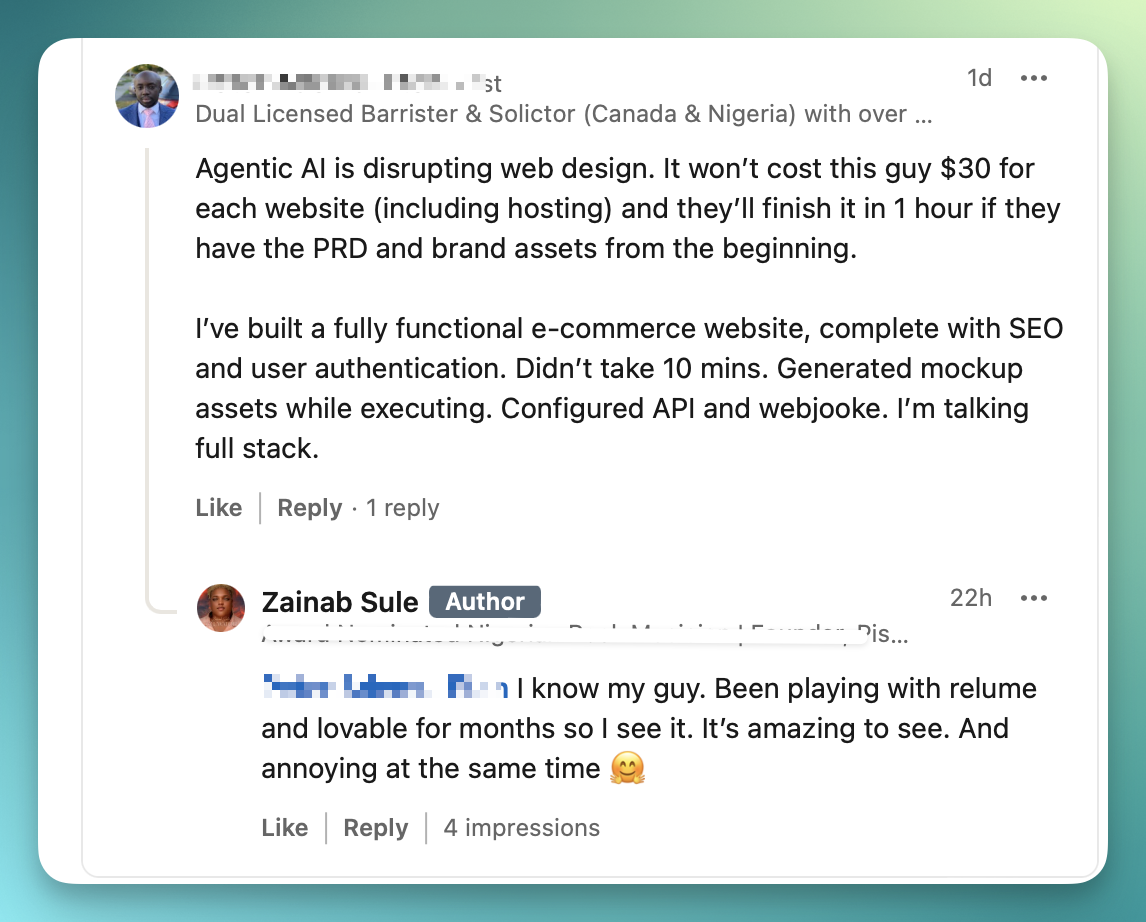
People are out here shipping “$100 full-stack websites” with AI. Cool demo. Bad decision. Agentic tools are fast at scaffolding. They’re not great at judgment. And websites live or die on judgment.
But here’s why I think a ‘normal’ human web designer still wins.
What AI web design actually does
It stitches together a layout, pours in stock copy, grabs a few assets, wires a basic CMS, and deploys something that looks like a website. That’s scaffolding. Useful for getting eyes on a draft. Not a substitute for thinking.
What human designers actually do

- Make the site argue for you. A site is a sales narrative, not a collage. Humans interview, prioritize, and decide what must be seen, said, and done on each scroll.
- Create difference on purpose. Agentic trends to “average.” Designers build a distinct system—type, grid, motion, art direction—so you’re recognizable in three seconds, not “that other template.”
- Architect the content. What goes above the fold, what gets collapsed, what deserves its own page, how it scales from 5 pages to 500—these are judgment calls with revenue attached.
- Respect real users. Accessibility, color contrast, focus states, keyboard paths, error patterns. “Looks fine” is not usable.
Keep it fast on real phones. Image policy, font loading, script diet, caching. Core performance isn’t a vibe; it’s discipline. - Handle the ugly 10%. CRM syncs, bookings, deposits, taxes, multi-currency, multi-locale, schema, redirects, migrations, weird plugin conflicts. This is where cheap builds break.
- Leave you with control. Components, docs, and workflows you can actually use. Not a brittle black box that collapses the moment you change a headline.
- Own the risk. Security updates, backups, rollbacks, uptime alerts. When something cracks at 2 a.m., “the model did it” won’t cut it.
- Measure and iterate. Clean analytics, clear KPIs, real experiments. Growth comes from the loop, not the launch.
Where AI Web Design is great
- Prototypes and alignment. Get a visual draft in hours so stakeholders react to something real.
- Boilerplate. FAQ pages, legal, basic sections.
- Short-lived or low-risk pages. Internal tools, small campaigns, one-off landers.
- Assist, not replace. Code scaffolds, test stubs, content drafts. Power tools for the humans doing the thinking.
A practical hybrid model (the sane middle)
The smartest teams combine both:
-
- Discovery (human/AI-assisted). Stakeholder interviews, analytics review, competitor/serp analysis, messaging, KPIs.
- Prototype (AI-assisted). Generate a draft layout and starter copy to align on structure fast.
- Design system (human). Type, color, grid, components, motion, accessibility rules.
- Build (human with AI assists). Use AI for code scaffolds, fixture data, unit tests—humans own architecture.
- Content (human-led, AI-accelerated). Writers and SMEs refine; AI does first passes and variations.
- QA (human with tooling). Accessibility audit, performance budgets, browser/device matrix, security checks.
- Launch + learn (human). Instrumentation, dashboards, A/B tests, release cadence.
This keeps speed where speed helps, and judgment where judgment matters.
When human-led is non-negotiable
- Revenue sites. E-commerce, lead gen, SaaS marketing—anywhere conversion matters.
- Regulated/complex. Health, finance, education, government.
- Rebrands and repositioning. You’re changing perception, not just pixels.
- Big IA and SEO. Large catalogs, multi-locale, editorial teams, migrations with hundreds of redirects.
The sameness problem (and why it hurts)
Agentic builders are trained on what already exists. That’s why the outputs feel familiar. Familiar isn’t always bad—but in crowded categories, sameness is a tax on your marketing. If users can’t tell you apart in three seconds, you pay for it later in ads, discounts, and sales cycles. Distinct brand systems lower those costs over time.
How to evaluate any $100 “AI website” offer (a quick checklist)
There’s nothing bad with AI-built websites. But the designers SHOULD let you know it’s AI.
Ask for short, concrete answers to each if a designer promises you a website:
- What KPIs will this site be accountable to, and how will they be measured?
- What’s the accessibility plan (WCAG level, audit, remediation process)?
- What’s the performance budget (LCP/INP/CLS targets) and how will you enforce it?
- Who owns the design system and component library—do I get docs and editable files?
- How will you handle redirects, schema, and analytics if I’m migrating?
- What’s the security and maintenance plan (updates, backups, rollback, SLA)?
- What happens when we need custom logic (pricing rules, CRM sync, bookings)?
- If the AI stack changes or breaks, what’s my escape?
If they can’t answer, the price is the product—and you’ll be the QA team.
AI vs Human web design. Any clear winner?
As seen on reddit:
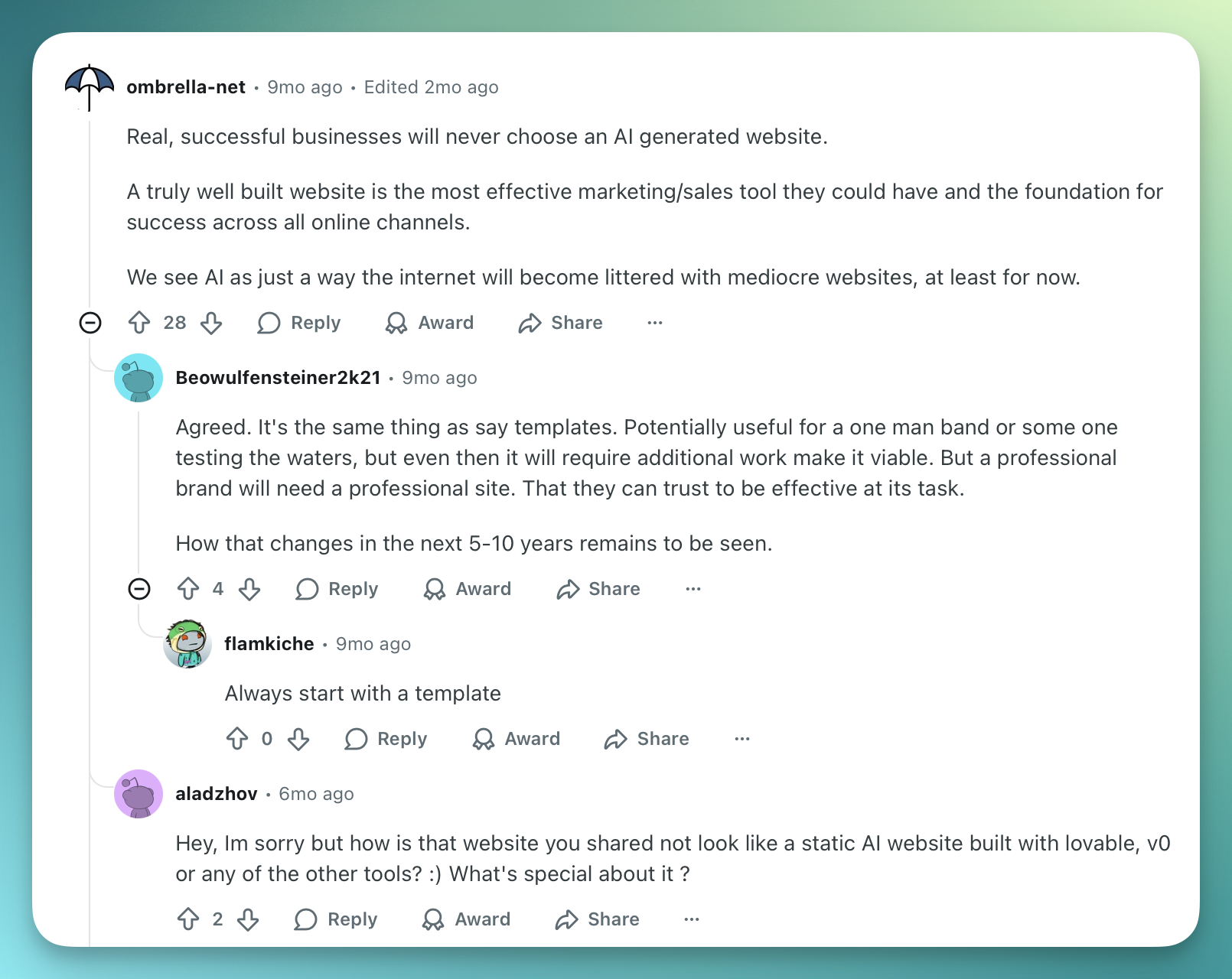
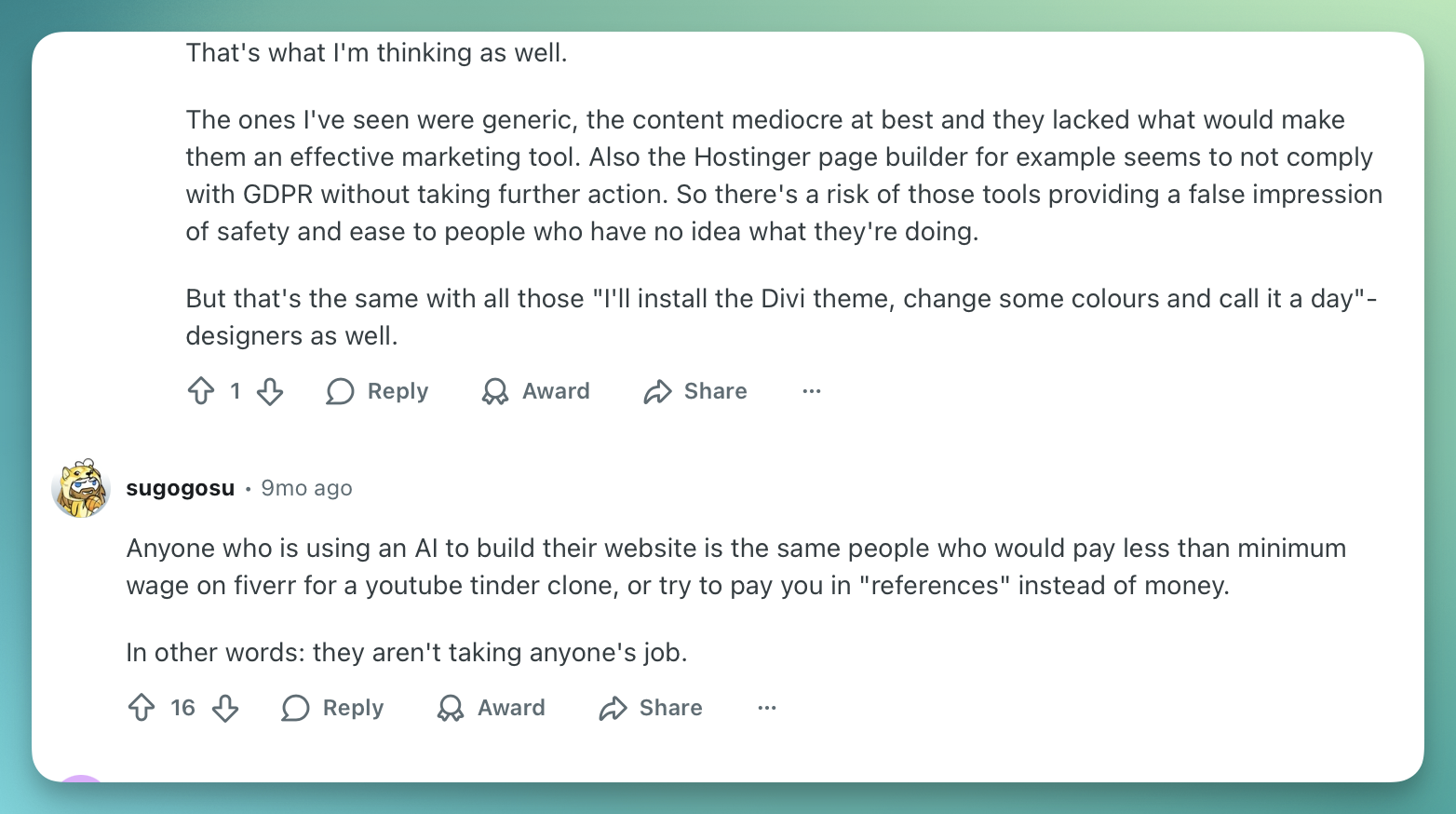
AI (Agentic) web design wins on speed and scaffolding.
Manual (human-led) web design wins on strategy, differentiation, compliance, performance, integration, and growth.
Most serious teams use both—AI as leverage, humans for judgment.
If the site touches revenue or reputation, put a human at the wheel and hand them powerful tools.
We started with hardcoding websites before moving to WordPress when the big shift came. Squarespace and WIX came and people felt WordPress would fade — but it didn’t. Only grew stronger. Now there are tools like bluehost AI, relume etc. We will evolve with them, and still outpace them.
- We haven’t started building websites with AI here at Pishon, but if we do, rest assured you’ll definitely have a human or humans at the helm. Contact us!
Stop Losing Money to a Bad Website
Get a fast, modern, mobile-optimized website that actually converts visitors into customers.
No setup fees. Built for results.

